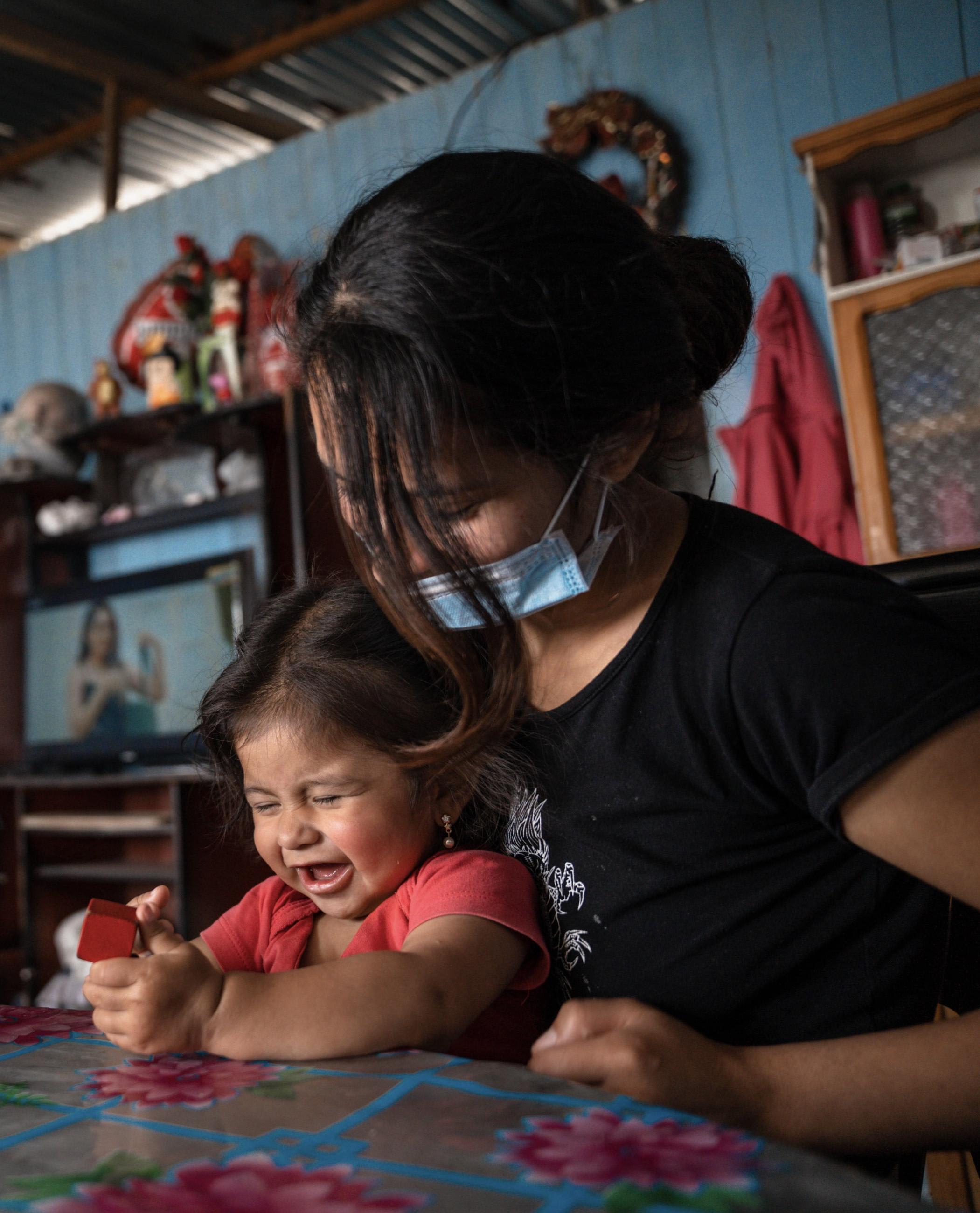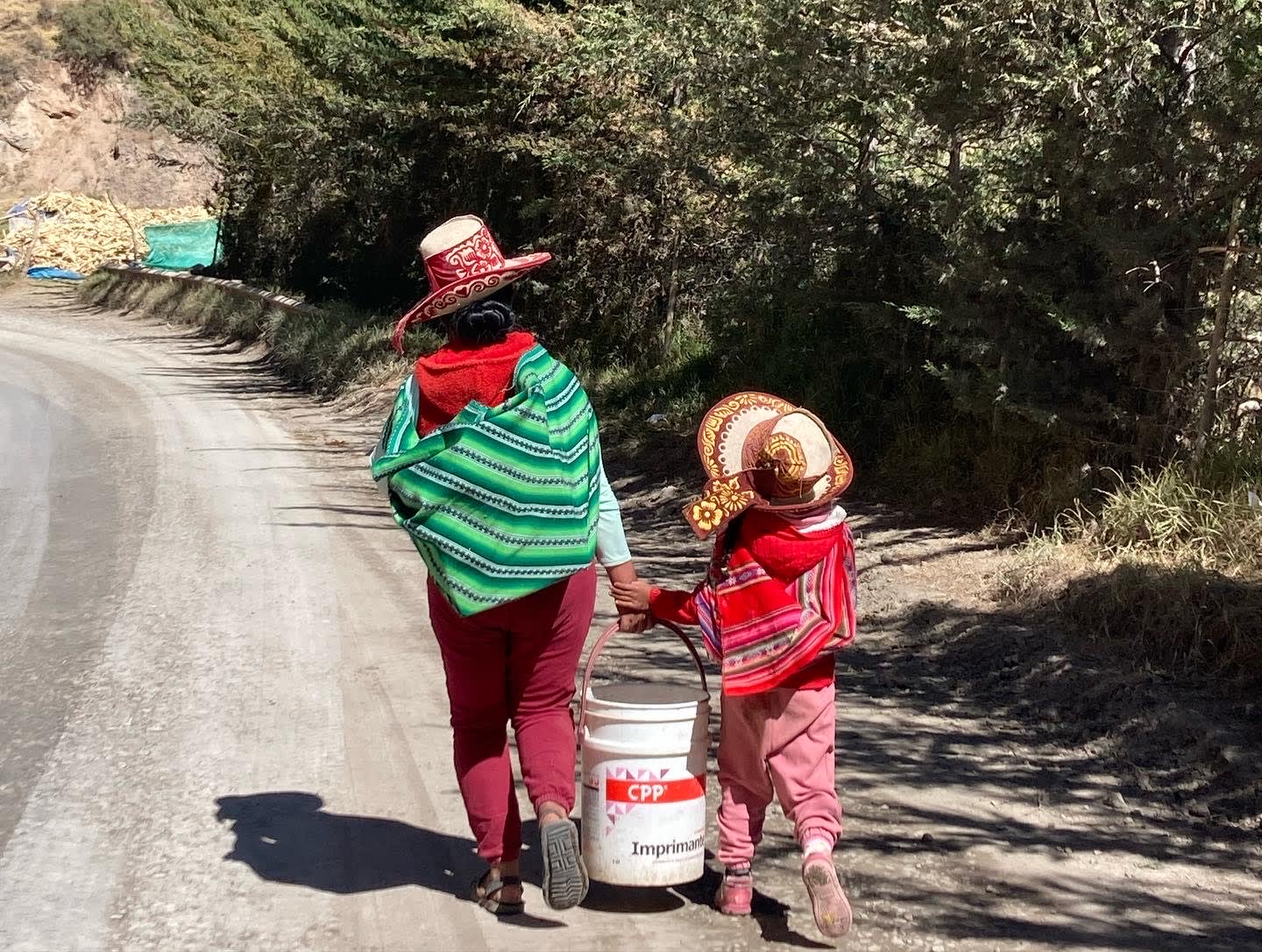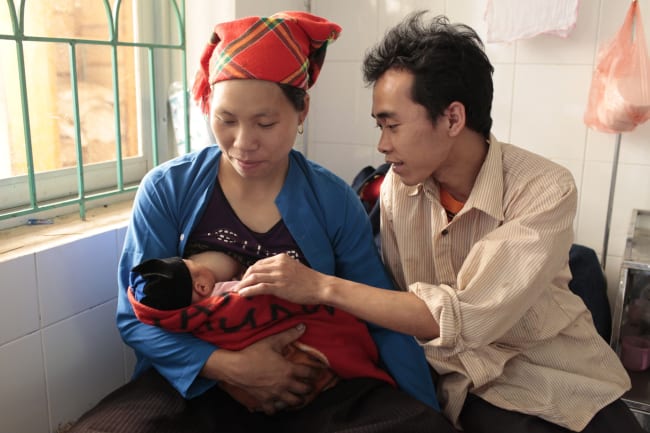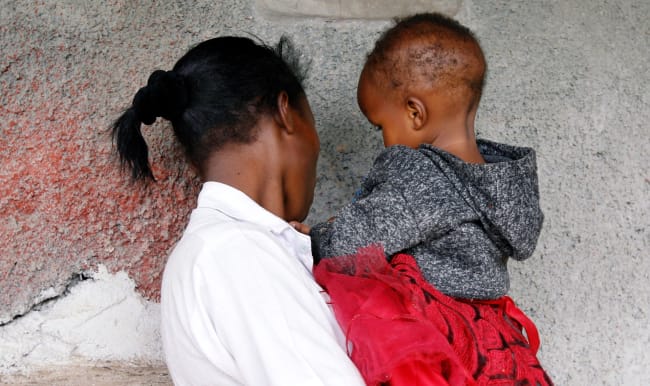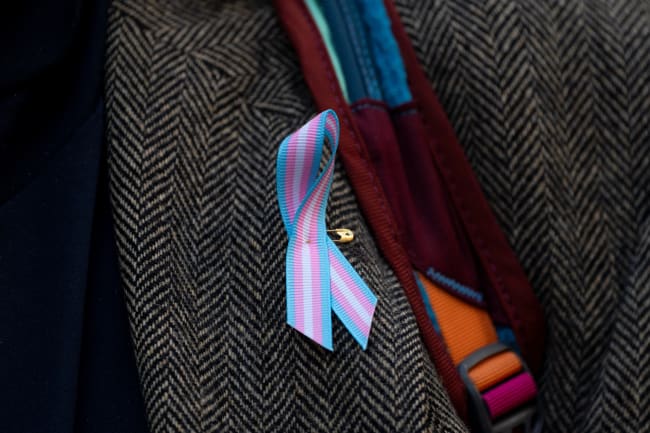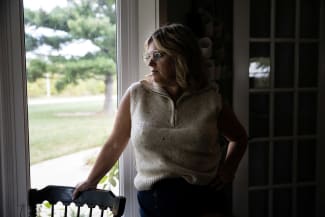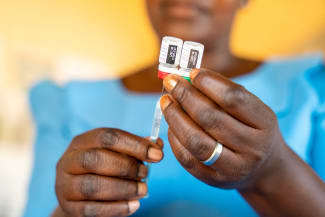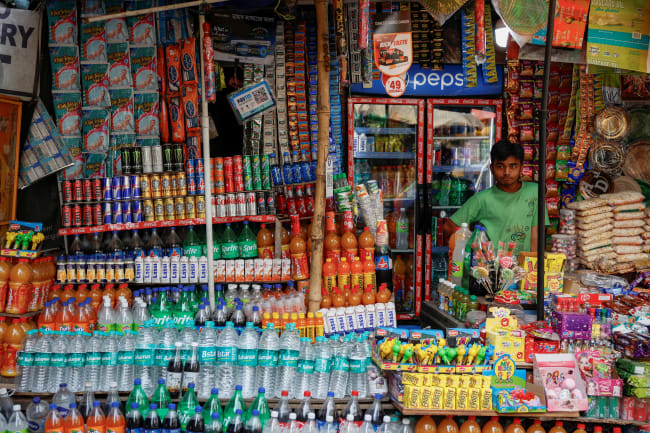For decades, Peru has struggled with high rates of intimate partner violence (IPV) yet only recently begun reporting on the issue. When the country released its first dataset in 2015, the numbers painted a grim picture: IPV rates nearly three times the global average and widespread femicide.
In response, between 2018 and 2019, Peru doubled its investments to combat IPV. Although the total percentage of women reporting IPV has since decreased by nearly 20%, this progress is largely confined to urban centers, with IPV and femicide rates stagnating or worsening in many rural areas. Femicides—the most severe form of gender-based violence—have doubled since 2015, and the country's IPV rates are still twice the global average. Disparities are more pronounced among Indigenous communities, where women who speak a native Peruvian language experienced IPV at rates approximately 25% higher than native Spanish speakers.
To better understand the factors driving IPV, three Peruvians involved in IPV response contextualized their insights with national data. Their commentaries shed light into the cyclical nature of IPV, the persistent cultural norms that perpetuate it, and the barriers to care that limit current interventions.
Although no Band-Aid fix to IPV is available, maintaining communication with community health workers and local organizers who have successfully gained the trust of the populations they serve can reveal ways to improve the effectiveness of large-scale interventions. As awareness and funding for gender-based violence interventions grow, incorporating such feedback is critical to optimizing impact, ensuring that they address the most pressing needs without overlooking populations.
Violence Begets Violence
Nancy Rumaldo, former director of Partners in Health's CASITA project—an antipoverty initiative focused on reducing child developmental delay—recounts a 2014 home visit that caused her to adjust her team's approach. Rumaldo's CASITA team goes door to door in remote and impoverished communities, collecting information on children's developmental status to identify participants for the intervention. One day, the team encountered a mother who was "out of control and hitting one of her sons," as her 1-year-old lay unmonitored on the couch. After a CASITA community health worker (CHW) deescalated the incident, the older child explained to the CHW, "My mother hits me just like my father hits her in the morning."
As awareness and funding for gender-based violence interventions grow, incorporating such feedback is critical to optimizing impact
Moments such as this taught Rumaldo the generational impact of IPV. In response, her team incorporated a psychological questionnaire into their evaluations that surveyed symptoms of depression, anxiety, and violence in the home. CASITA also trained CHWs to offer advice to mothers experiencing IPV, complementing their existing psychological and motor skill workshops for developmentally delayed children. They later expanded the program to include the father figure in the sessions.
Those generationally transmitted norms are quantified in the 2019 National Survey on Social Relations (Encuesta Nacional sobre Relaciones Sociales; PDF), which found that 59% of Peruvians tolerate violence against women; 53% believe that the woman should first comply with her role as a mother, wife, or housewife before realizing her own dreams; and 27% believe a woman who disrespects her partner deserves some form of punishment. According to the survey, half of femicides in 2023 were rooted in jealousy. Kate Tejada, the director of Ser Valiente en Red, an organization leading efforts to combat digital gender-based violence in Peru, noted that the cycle of IPV is "difficult to break," especially when cultural values are transmitted and reinforced within the household.
The survey also found that nearly 1 in 5 children aged 12 to 17 report experiencing domestic violence, and a 2024 study found that 42% of women who experience IPV as adults witnessed it during childhood against their own mothers. The prevalence of witnessing—and experiencing—domestic violence among children highlights the critical role of early childhood interventions to disrupt the generational cycle of violence.
Interventions Are Underused in Remote Areas Lacking Trust
Trainings, questionnaires, and other IPV interventions are effective in preventing abuse only when victims trust institutions enough to disclose their abuse and have access to support. Rumaldo observed that mothers often refrained from sharing their struggles with IPV at the start of the intervention but began to confide in small groups of other women and CHWs by the fourth or fifth sessions. Genaro A., a a Quechua speaker and 26-year veteran of Partners in Health and current director of the social protection services project, highlighted the importance of cultural and linguistic sensitivity in building trust and improving accessibility to health interventions.
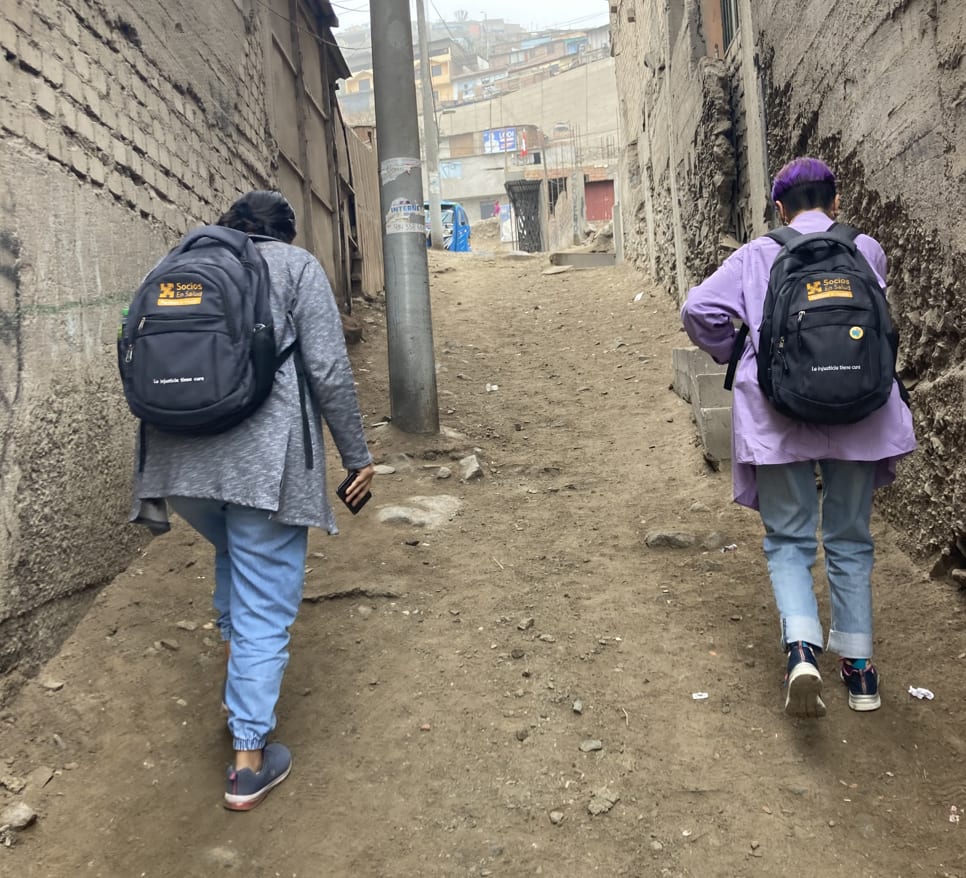
He explained that mountainous regions of southern Peru, which have the highest rates of IPV in the country, are also home to Indigenous Quechua- and Aymara-speaking communities. Many residents, he noted, often confided in him rather than in Spanish-speaking authorities. Moreover, many victims' trust in authorities to disclose abuse has eroded in response to reports of police themselves perpetrating violence. Tejada pointed out that new interventions designed to increase reporting often rely on new infrastructure or technology, such as apps or emergency hotlines. Referencing an app offered by Peru's IPV intervention, she remarked, "an app can be useful in Lima, but in rural areas where there is no data signal nor trust in authorities, it loses relevance."
The National Institute of Statistics and Informatics (Instituto Nacional de Estadística e Informática, or INEI) published data revealing IPV underreporting, likely limiting the use of interventions. In 2023, fewer than one-third of women who experienced IPV sought help from authorities, and two-thirds reported seeking help from a close acquaintance. Given the health-care barriers faced by Indigenous and rural populations—45% and 21% of Peru's population, respectively—underreporting could disproportionately affect these groups, as Genaro and Tejada noted. Some reported barriers were rooted in cultural norms: of the women who did not seek help, almost half thought it was not necessary. Others chose not to report violence due to shame (17%), not knowing what services were available (11%), and fear of retaliation or harm to the perpetrator (14%).
Changing Cultural Norms
In some urban areas, IPV is no longer a taboo subject. This development has made discussing violence more feasible in recent years, which could explain the overall reduction in rates of IPV. Rumaldo has observed that in Lima, "The woman has more authority to be able to say, 'this is happening to me,' without shame." She attributes the reduction in stigmatization to the media's role in promoting female empowerment.
The differences in cultural norms also extend to a woman's agency in her decision to participate in welfare services. In Lima, Rumaldo has observed that when a woman chooses not to participate in CASITA, it is often because of lack of interest or work-related conflicts. In rural areas, she notices more "power and authority of the man over the woman's decision." For example, mothers who initially showed interest in participating often retract their interest, saying, for example, "my husband does not want me to participate."
IPV is often intertwined with machismo and jealousy that "reinforce female subordination," Tejada explained. In rural areas, this expectation of domestic submissiveness renders the violence "invisible," Rumaldo remarked.
Women can only become more empowered when they become economically capable of replacing the home with other activities
Genaro A., Partners in Health
INEI reported on the gender divide in economic autonomy, which could inhibit women's agency. In rural areas, women are three times less likely than men to have their own income. Loreto, Peru's largest and most remote region, is home to the highest proportion of women lacking economic independence, saw the highest uptick in IPV between 2021 and 2023 across the country.
Agreement was broad that, ideally, government interventions should prioritize strategies that give women the freedom to leave their homes. "Women can only become more empowered when they become economically capable of replacing the home with other activities," Genaro explained. Rumaldo suggested compensating CHWs, who are predominantly female and unpaid. Providing salaries would not only support their economic autonomy but would also help their self-esteem and boost trust in government institutions, Rumaldo observed.
Given that investing in women's economic autonomy might be outside the practical scope of many IPV interventions, the three also identified smaller fixes. Rumaldo proposed that in areas lacking trust in authorities, interventions should be held in nongovernmental spaces, such as small homes, to foster the relationship-building and trust she has observed in her CASITA sessions.
Genaro stressed the importance of using culturally sensitive language, "without adding unfamiliar vocabulary or customs." Tejada highlighted the need to ensure equal access to the internet and technology, alongside workshops that empower women to use such tools. She also advocated for shifting efforts away from reactive measures toward early education to transform "sexist attitudes that perpetuate violence."
All emphasized the importance of bolstering communication channels between community members and local governments.
